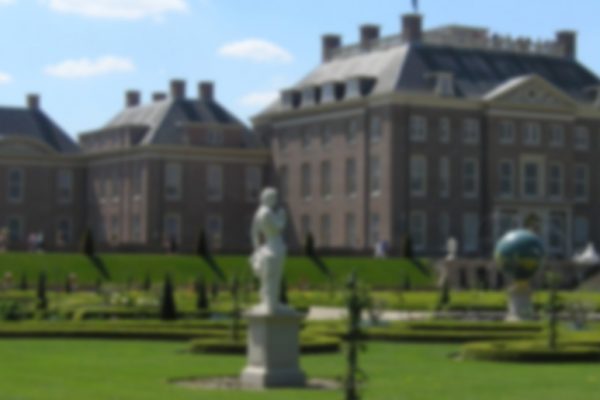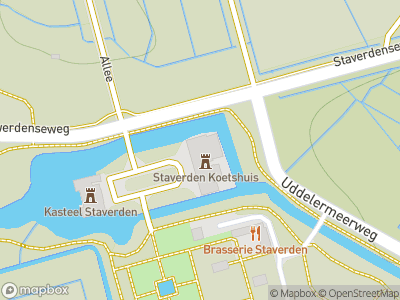Staverden received its city rights in 1298 from the German King Rudolph but has never really become a true city. It is a splendid example of a castle with a self-sufficient estate, and a green legacy of centuries of aristocratic life on the Veluwe. Its size and character is what gives Staverden its charm.
Smallest city in the Netherlands
Staverden became famous because of Count Reinoud I of Guelders (1271-1326) and his ambitious plans for the village. The village was given city rights in 1298 as a form of encouragement and as a reward for his ambitions. But the development of Staverden never happened, and there has never been any urban development since. Staverden does however have 16 farms spread across its lands a coach house, orangery, windmill dovecot, workers’ houses, a church and a cemetery, and is officially the smallest city in the Netherlands.
Duke of Guelders
The counts – and later the dukes – of Guelders used Staverden primarily for hunting. From 1400, the castle was run by feudal lords who were charged with the duty of keeping white peacocks. The peacock feathers were used to adorn the duke’s tournament helmet. There are still white peacocks on the grounds to this day. Another point of interest is the grave of Leanora, or Eleanora. According to legend, this young noble lady fled to Staverden in 1353 where she died of a broken heart. Some people believe her ghost still haunts the estate…
The castle
The castle has changed its appearance a number of times over the centuries. The current building dates from 1905 and was built by Herman Theodore s’Jacob, a descendant of a prominent family. His father, Frederik Bernhard, was mayor of Rotterdam and his grandfather was Governor General of the Dutch East Indies. The architecture is reminiscent of older styles but the interior exhibits elements characteristic of the then popular Art Nouveau style. The rest of the estate is also in reasonably good condition and the castle gardens have been brought back to their former glory.


 Voor kinderen
Voor kinderen











